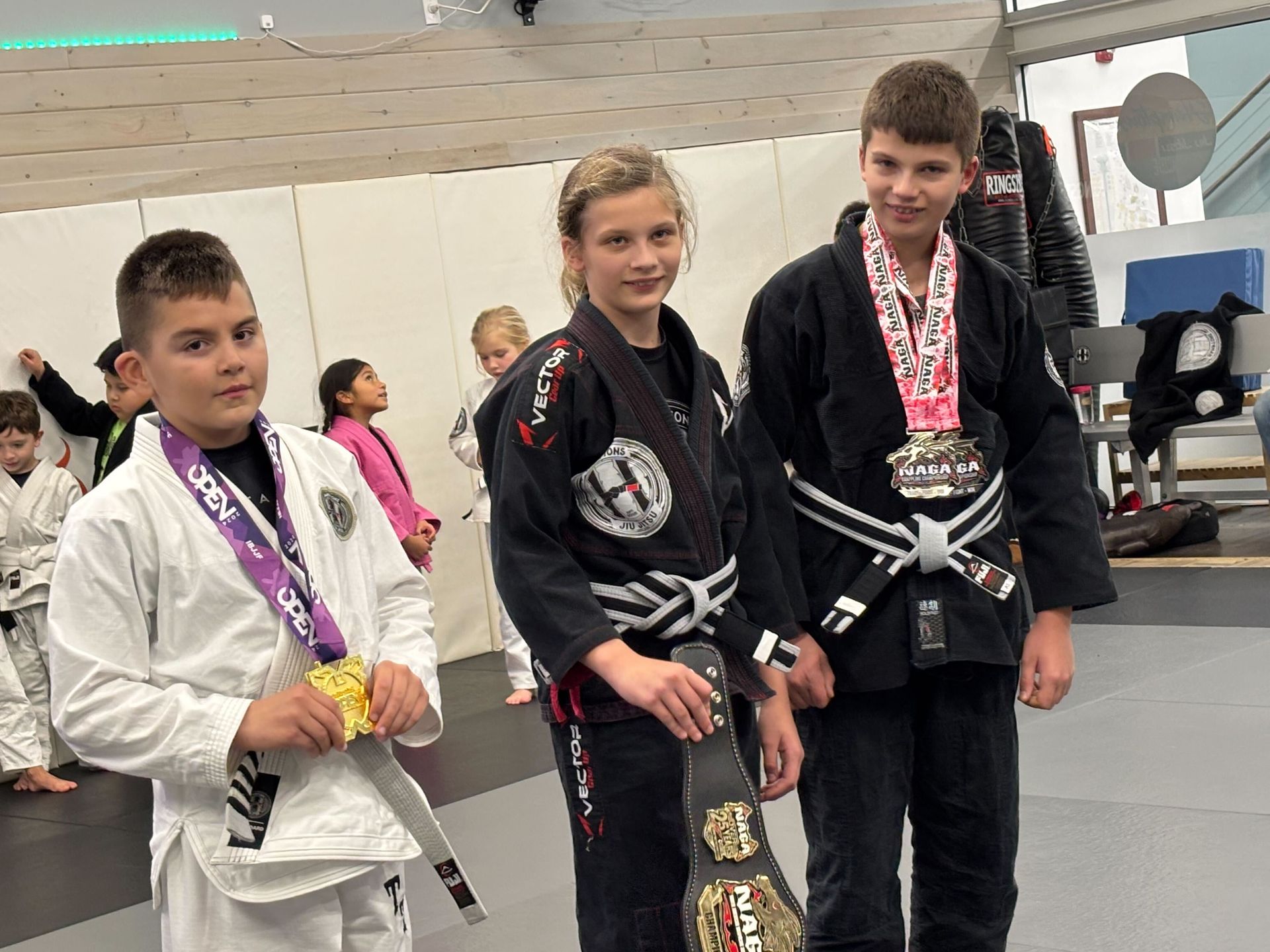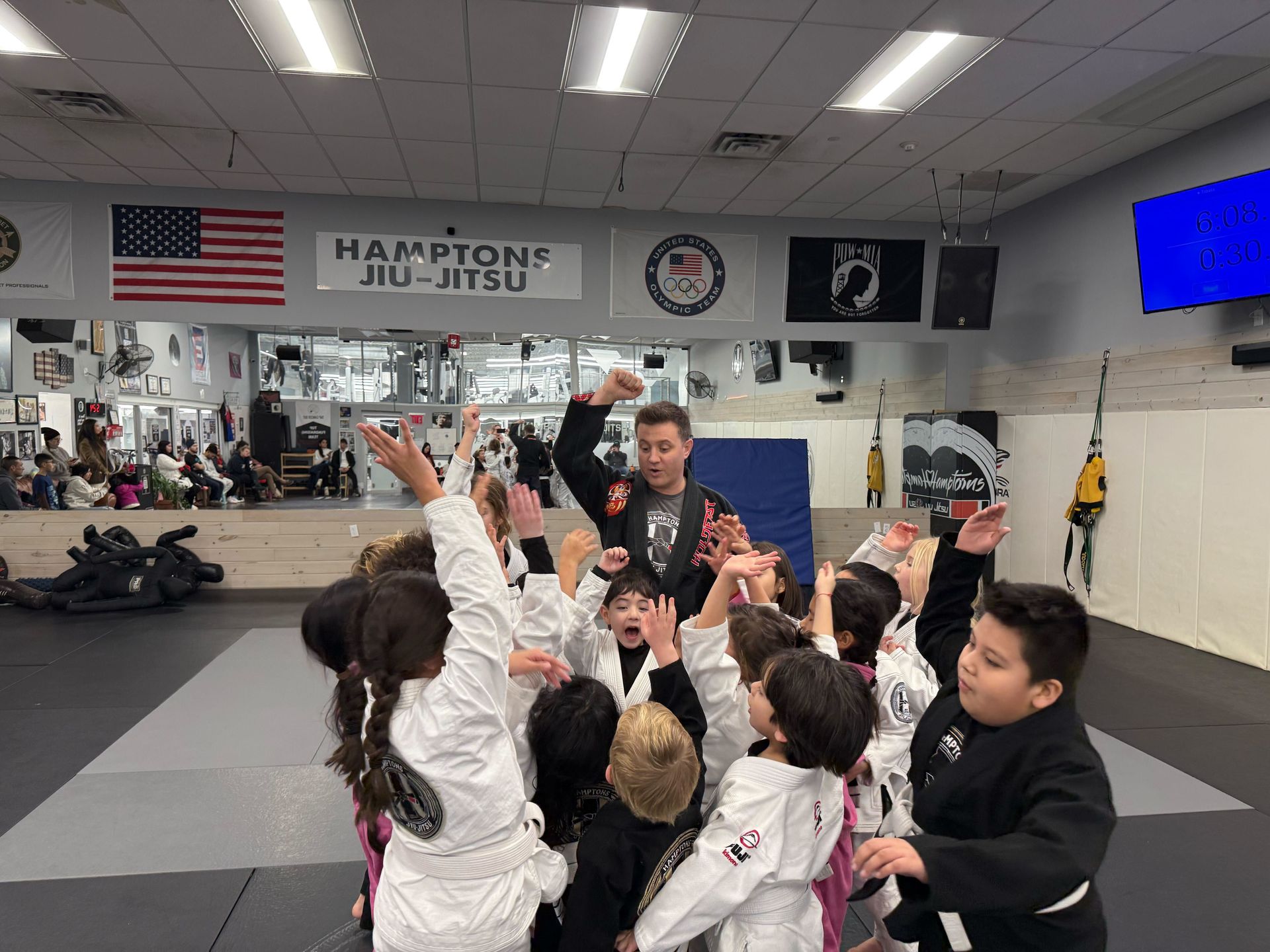How to Master Grip Fighting in Brazilian Jiu-Jitsu
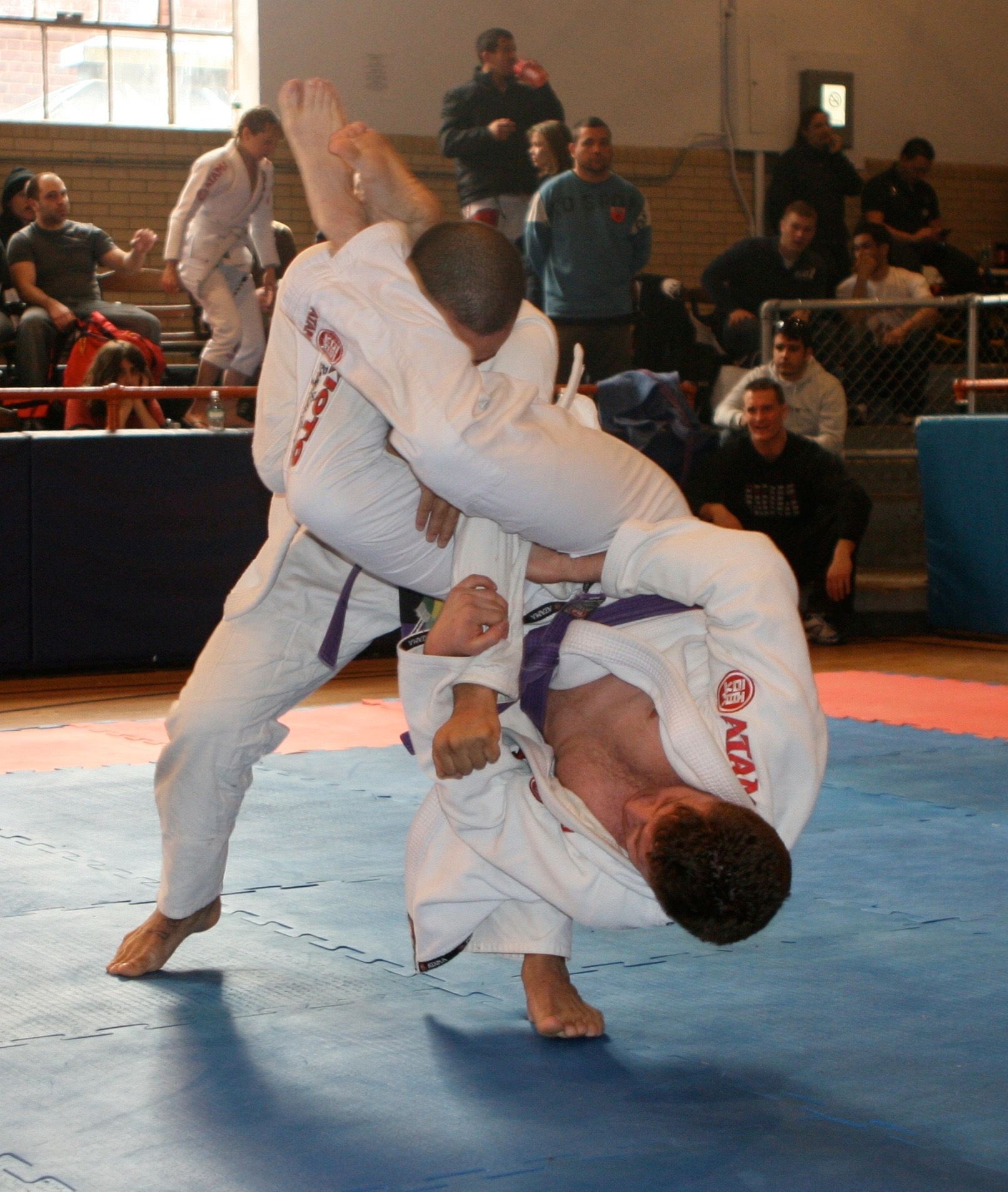
Brazilian Jiu-Jitsu has continued to grow in popularity across the United States, as both adults and children seek a form of training that improves strength, confidence, self-defense ability, and overall health.
Among the most important yet overlooked skills in this martial art is grip fighting. Grip control often determines whether you dictate the pace of a match or find yourself reacting to your opponent. For students training in Brazilian Jiu Jitsu in Southampton, understanding how to fight for and maintain effective grips can elevate your technique and make your movements more purposeful.
Hamptons Jiu-Jitsu in Southampton, New York provides instruction that focuses on strong fundamentals, technical efficiency, and practical skill development. Whether you are training for fitness, fun, self-defense, or competition, learning how to master grip fighting will support every aspect of your game. This article will break down why grip fighting matters, how to train it effectively, and what to expect as a new student stepping into the academy.
Why Grip Fighting Matters in Brazilian Jiu-Jitsu
Grip fighting refers to the battle for hand placement and control on the opponent’s body or uniform (gi). In no-gi training, grips often shift to wrist ties, underhooks, overhooks, or head control, but the principle remains the same: you are trying to control the opponent before attempting any sweep, takedown, guard pass, or submission.
A strong grip strategy allows you to:
- Dictate the pace and direction of movement
- Limit the opponent’s offensive options
- Set up attacks with confidence
- Defend against takedowns or submissions more easily
One of the first lessons new students at Hamptons Jiu-Jitsu learn is that whoever controls the grips controls the exchange. You do not need to be stronger than your partner. You only need better timing, hand placement, and strategy.
The Benefits of Learning Grip Fighting as Part of Your Training
Grip work is not just about controlling positions. It contributes to physical, mental, and social development, which is why many families and adults choose Adult Jiu-Jitsu in Southampton, NY as part of their lifestyle.
Physical Benefits
Training grip fighting improves overall physical conditioning. It strengthens the fingers, wrists, and forearms, but also the entire upper body and core.
Key physical benefits include:
- Increased muscular endurance
- Improved joint stability
- Better body awareness and balance
- Greater coordination during movement
Many students are surprised at how much stronger and more controlled they feel even outside of training, such as during daily physical activities.
Mental and Emotional Benefits
Brazilian Jiu-Jitsu teaches patience, problem solving, and composure under pressure. Grip fighting in particular requires strategy and calm decision making, even in fast-paced situations.
Students often report:
- Increased confidence
- Stress relief
- Better emotional regulation
- Clearer thinking in stressful situations
By focusing on learning one detail at a time, students build discipline and consistency that carry into school, work, and personal life.
Social and Community Benefits
Hamptons Jiu-Jitsu in Southampton fosters a training environment where students support one another. Grip fighting is often drilled in pairs, encouraging communication and shared improvement.
This environment helps students:
- Form new friendships
- Build communication skills
- Experience belonging and team support
Both kids and adults find that training encourages personal growth while building meaningful relationships.
Common Questions and Concerns About Beginning Jiu-Jitsu
1. How long does it take to get better at grip fighting?
Progress varies by student, but most people begin noticing improvements in timing, strength, and control within the first few weeks of regular training. Consistent drilling and live practice help speed up development.
2. Do children learn grip fighting differently than adults?
Yes. For kids, the emphasis is placed on coordination, balance, and safe application rather than strength. They learn how to use proper hand placement and leverage, which builds a strong technical foundation early.
3. Can grip fighting help with no-gi training as well?
Absolutely. While gi grips are more textile-based, the core concept of grip control carries over into no-gi through wrist ties, underhooks, overhooks, and head positioning. The strategy remains the same: control first, then attack.
4. Will grip fighting make my hands and fingers sore?
It is common for beginners to experience mild hand fatigue, but soreness decreases as grip endurance improves. Proper warm-ups, gradual progression, and recovery habits make training safe and sustainable.
5. Do I need special equipment to train my grip at home?
No. Many grip training exercises can be done using your gi, a towel, or even your own body weight. As students advance, optional tools like grip trainers or pull-up bars may be added.
6. Is grip strength more important than technique?
Technique is always the priority. Grip strength supports technique, but even the strongest grip can fail if applied incorrectly. Effective grip fighting relies on timing, body mechanics, and strategic placement rather than force.
How to Develop Effective Grip Fighting Skills
1. Learn How to Break Grips Efficiently
You cannot begin to establish your own grips without first removing your opponent’s. Grip breaks require body alignment and timing rather than strength. The focus should be on:
- Using your whole body, not just your arms
- Breaking grips at the thumb line
- Moving your body in ways that reduce tension
2. Understand Dominant Grip Positions
Different positions require different grip strategies. For example:
- On top: Controlling the collar and sleeve to open passing opportunities
- On bottom: Establishing guard grips that prevent the opponent from advancing
- Standing: Securing sleeve or lapel grips to enter takedowns safely
Each position begins with choosing the right grip at the right time.
3. Develop Finger and Wrist Strength Safely
Grip training must be gradual to prevent overuse injuries. Safe ways to build strength include:
- Light gi-specific grip drills on the sleeves or lapel
- Using a rope or towel for pull-up variations
- Soft hand closure exercises with moderate resistance
Students at Hamptons Jiu-Jitsu learn progressive drill structures designed for joint protection and long-term skill development.
4. Drill Grip Retention and Movement Flow
Holding a grip is not enough. You must learn how to maintain your grip while moving. This involves:
- Weight shifting
- Hip control
- Frame-building and alignment awareness
Flow drills allow students to practice moving while maintaining grip integrity.
Expert Insight on Grip Training
While opinions on training methods vary, there is widespread agreement among competitive and recreational practitioners that grip fighting is a foundational skill. Studies on grappling-based martial arts show that technical efficiency often outweighs raw strength, particularly in advanced practitioners. This is why training must focus on precision and strategic repetition rather than force.
Hamptons Jiu-Jitsu emphasizes controlled drilling and incremental progression to build a strong technical foundation that remains effective even under pressure.
Local Impact and Community Support in Southampton, NY
Training Brazilian Jiu Jitsu in Southampton provides more than physical training. It creates a positive impact on individual well-being and community culture. Students of all ages learn respect, responsibility, and discipline.
Hamptons Jiu-Jitsu also serves as a space for:
- Youth mentorship
- Adult fitness and wellness
- Personal development and confidence building
Families often find that BJJ provides consistent structure and encourages healthy lifestyle habits.
Adults appreciate the supportive atmosphere and the opportunity to reduce stress while learning a valuable skillset. Many students come to class after work to decompress, improve conditioning, and challenge themselves mentally.
Start Your Training at Hamptons Jiu-Jitsu
If you are ready to improve your physical conditioning, learn practical self-defense, and develop strong technical skills like grip fighting, Hamptons Jiu-Jitsu in Southampton is here to guide you.
Whether you are completely new to martial arts or looking to take your training to the next level, there is a place for you on the mats.
Start with a free introductory class and experience the community for yourself.
Visit
Hamptons Jiu-Jitsu to schedule your first session or call us at
631-900-2780 for more information.
ACCESS OUR SCHEDULE
& EXCLUSIVE WEB SPECIAL
Secure your spot and get started today with our EXCLUSIVE offer!
